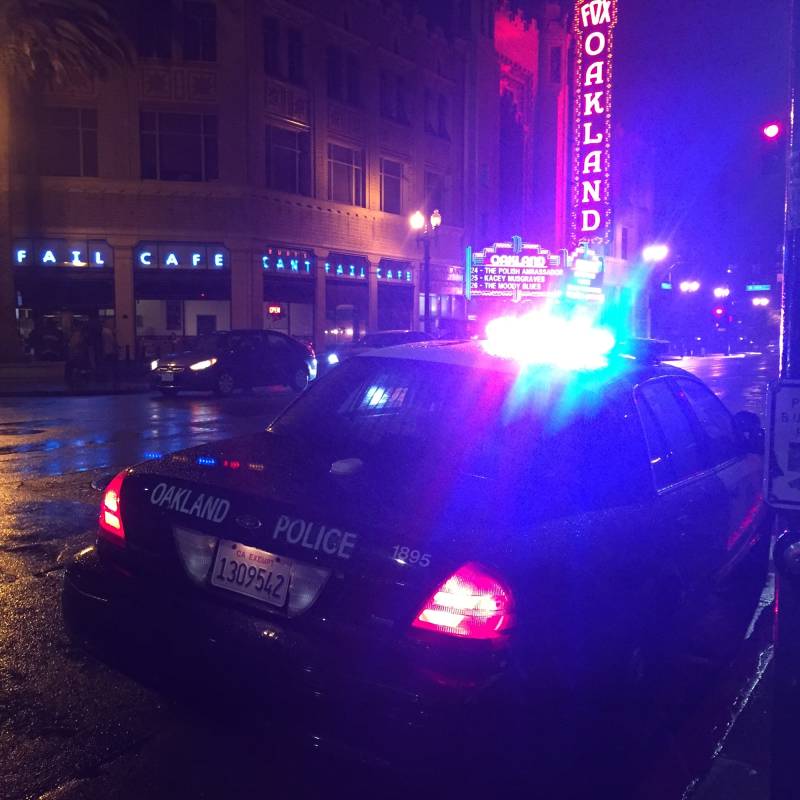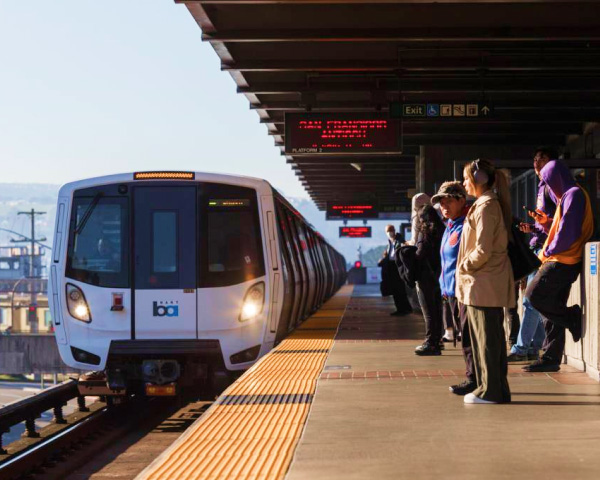In addition, people perceived as transgender were arrested at nearly double the rate of those perceived as cisgender, meaning they identify with the gender they were assigned at birth.
Advocates for public safety and racial justice say that the trends are extremely concerning because negative interactions with law enforcement from a young age are associated with lower educational outcomes and a higher likelihood of being involved in the criminal justice system as an adult.
The report makes several recommendations for local law enforcement agencies to begin to address some of the longstanding disparities and outcomes in policing. Those include working more closely with community-based organizations to find alternatives to police force when dealing with youth in particular.
“The Legislature, agencies, and municipalities should explore how limiting officer discretion in stops could reduce racial disparities and make specific findings from their study to act on,” the report recommendations read.
It also recommends tangible changes like requiring law enforcement officers to regularly complete more specialized training on racial bias and profiling, mandating body-worn cameras and using examples gathered from real cases for training, and improving local and state policies on civilian complaints.
“The annual collection of RIPA stop data is one part of our broader effort to increase public safety for all Californians,” said Attorney General Rob Bonta in a statement. “Through the analysis of stop data and recommendations for thoughtful reforms, we’re continuing to strengthen trust between local law enforcement and the communities they serve.”
Correction: In the original version of the above chart, population and police-stop data for California’s Asian population were flipped. The error has since been fixed.


